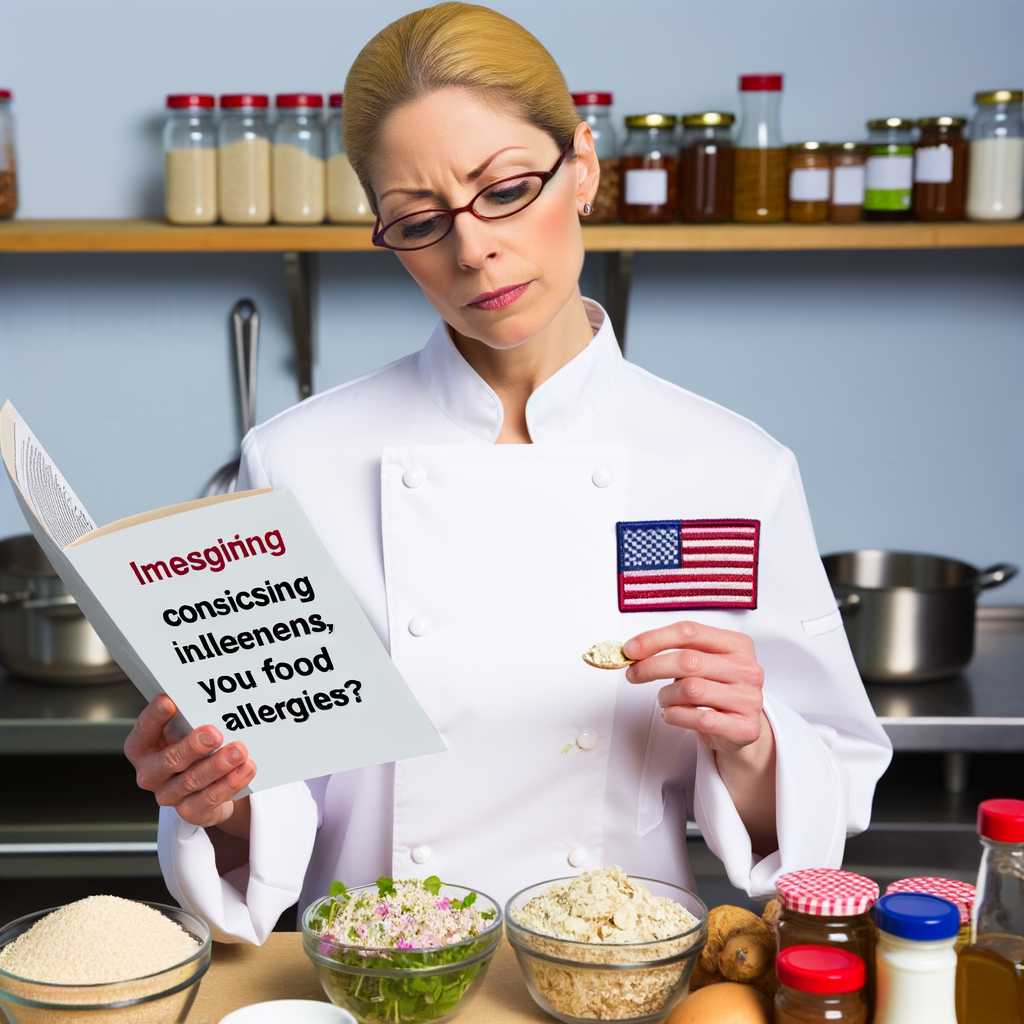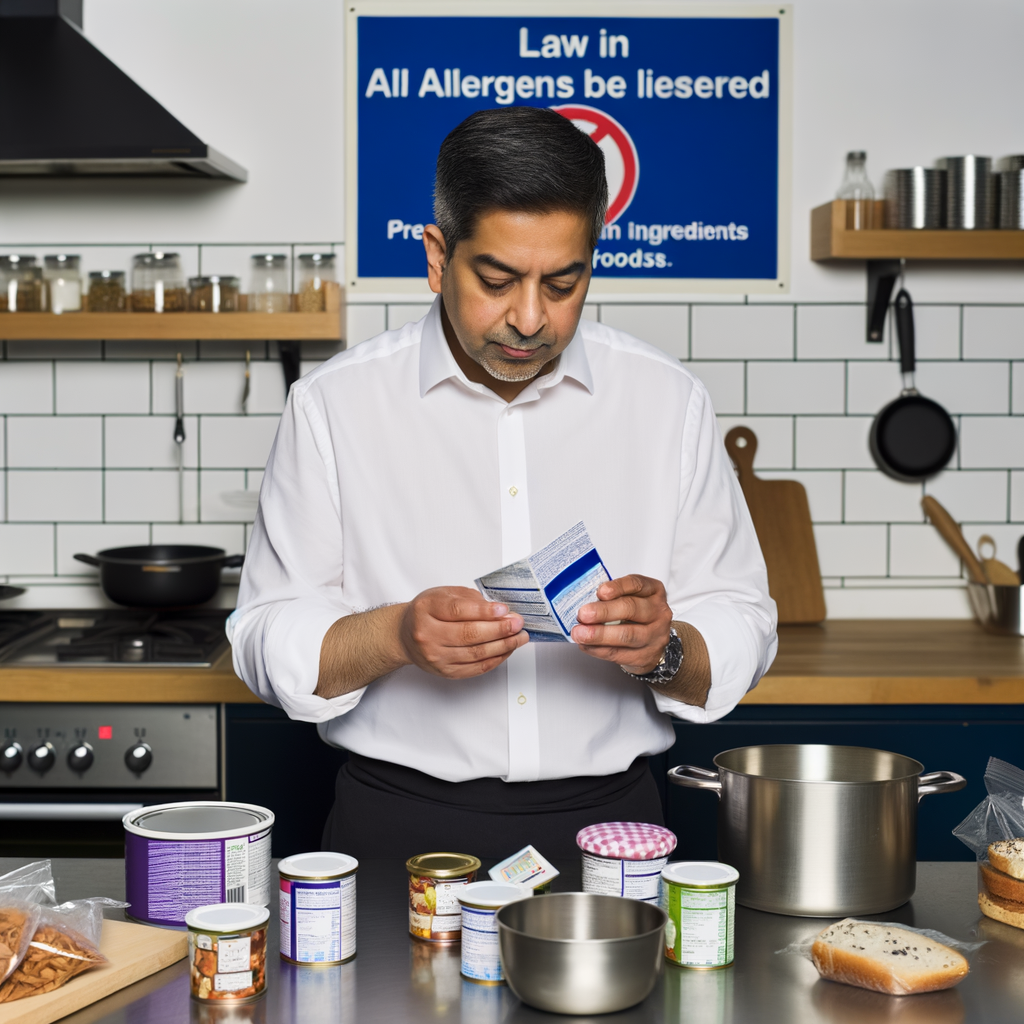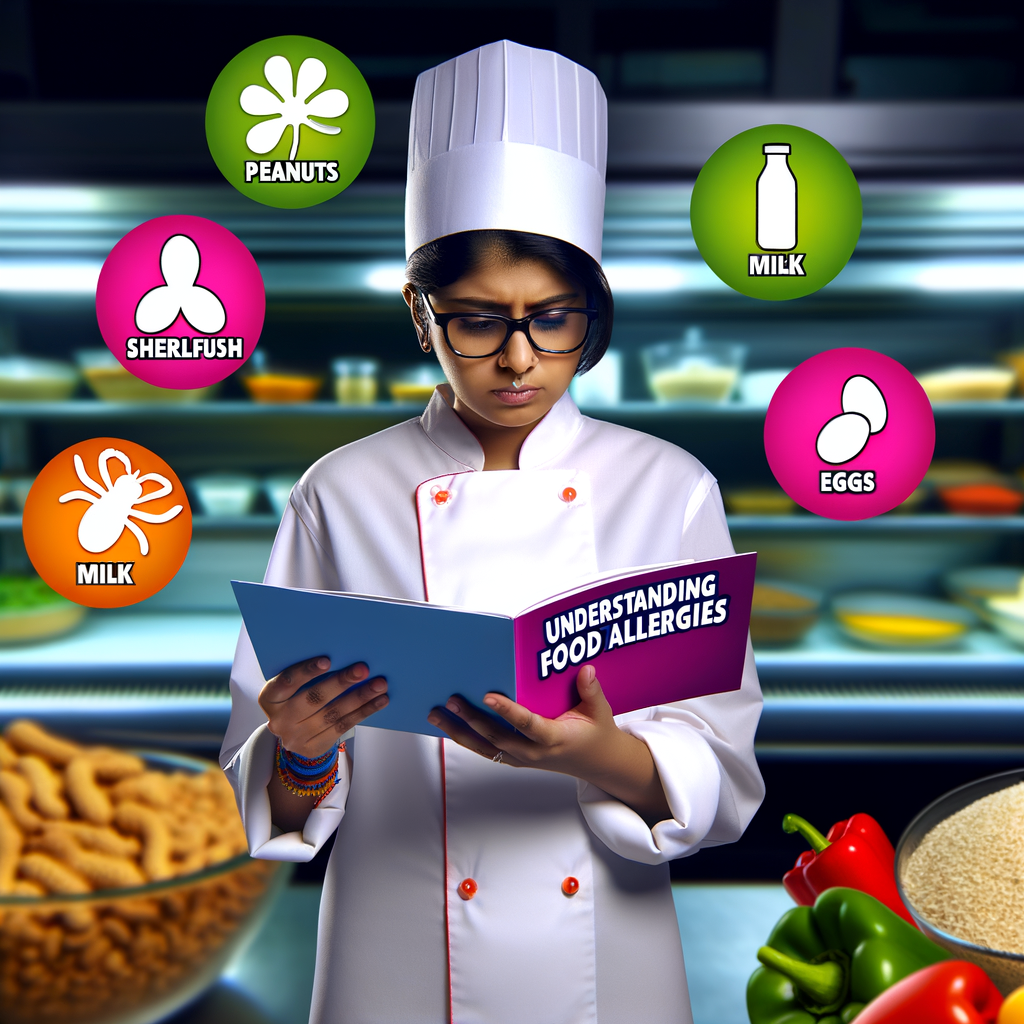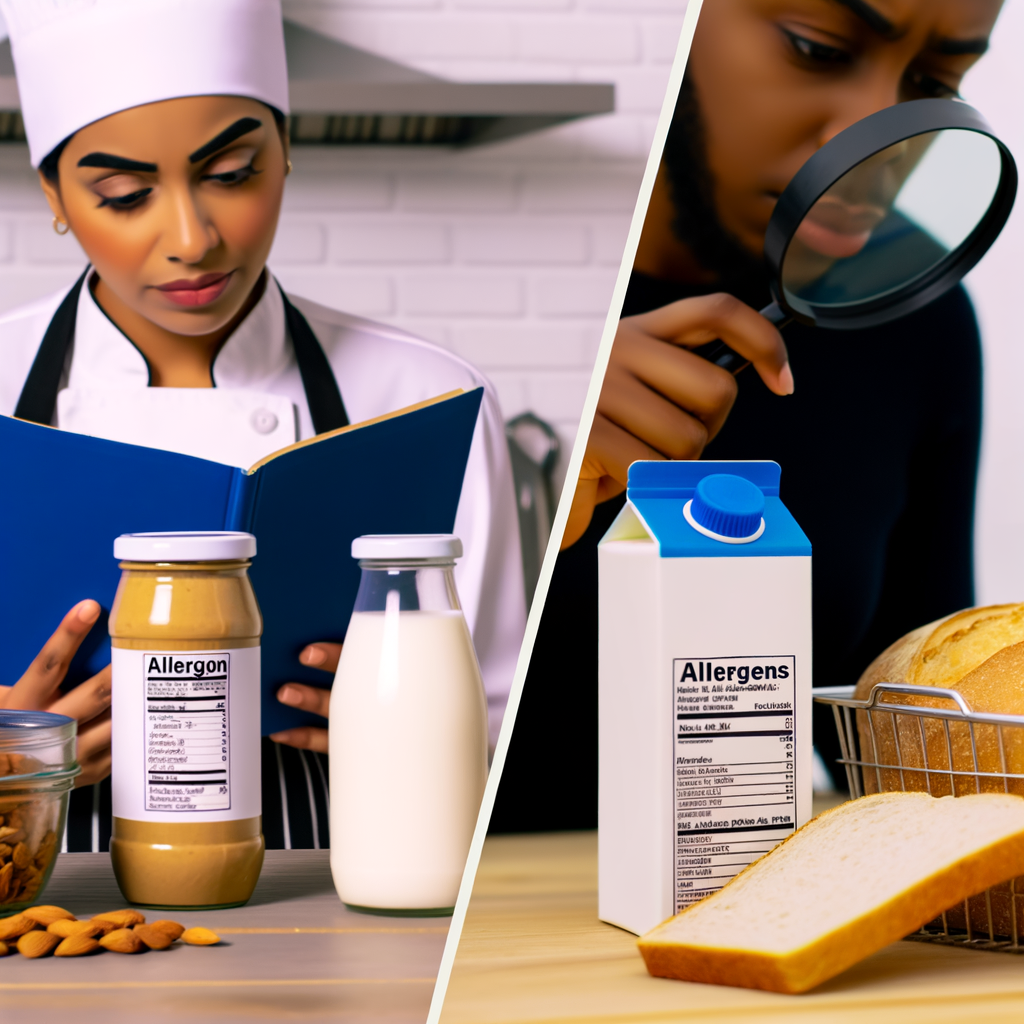As a culinary innovator with an American flair, I believe it is crucial to bring a modern twist to classic dishes. However, with the rise of food allergies, it is more important than ever to be mindful of what ingredients are used in our food. This is where label reading becomes essential. Label reading is the process of checking the ingredient list and allergen information on food packaging to identify any allergens that may be present. It can be a daunting task, but understanding how to properly read food labels can help protect those with food allergies.
The first step in label reading is to look for the allergen statement. This statement will list any of the top eight allergens, which include milk, eggs, peanuts, tree nuts, soy, wheat, fish, and shellfish. If you or someone you know has an allergy to one of these ingredients, it is important to avoid any products with that allergen statement. If the statement is not present, it is still important to read the ingredient list carefully for any potential allergens.
Next, pay attention to any precautionary statements, such as “may contain” or “manufactured in a facility that also processes”, as these can indicate potential cross-contamination with allergens. It is best to err on the side of caution and avoid these products if you have a severe food allergy.
In addition to allergens, label reading can also help with dietary restrictions, such as gluten-free or vegan diets. By understanding how to read food labels, you can make informed decisions about what you are putting into your body and ensure that your meals are safe and enjoyable for everyone.
As an expert chef, I believe it is my responsibility to educate others about food allergies and the importance of label reading. By focusing on label reading, we can create a more inclusive and safe dining experience for all.





